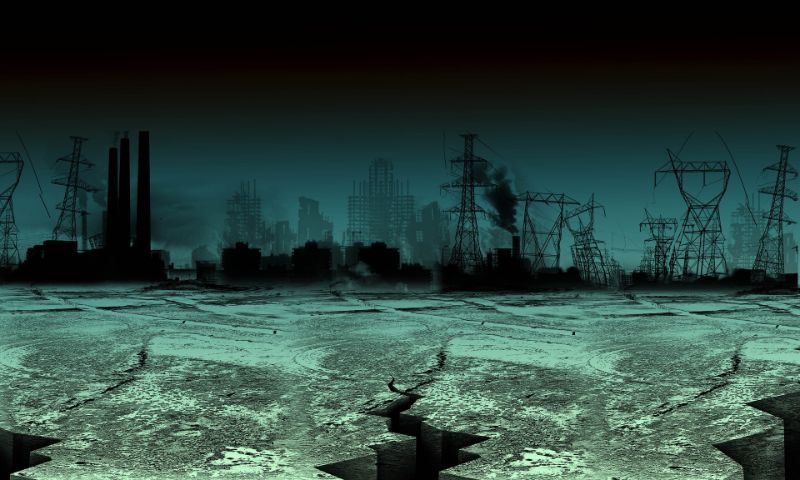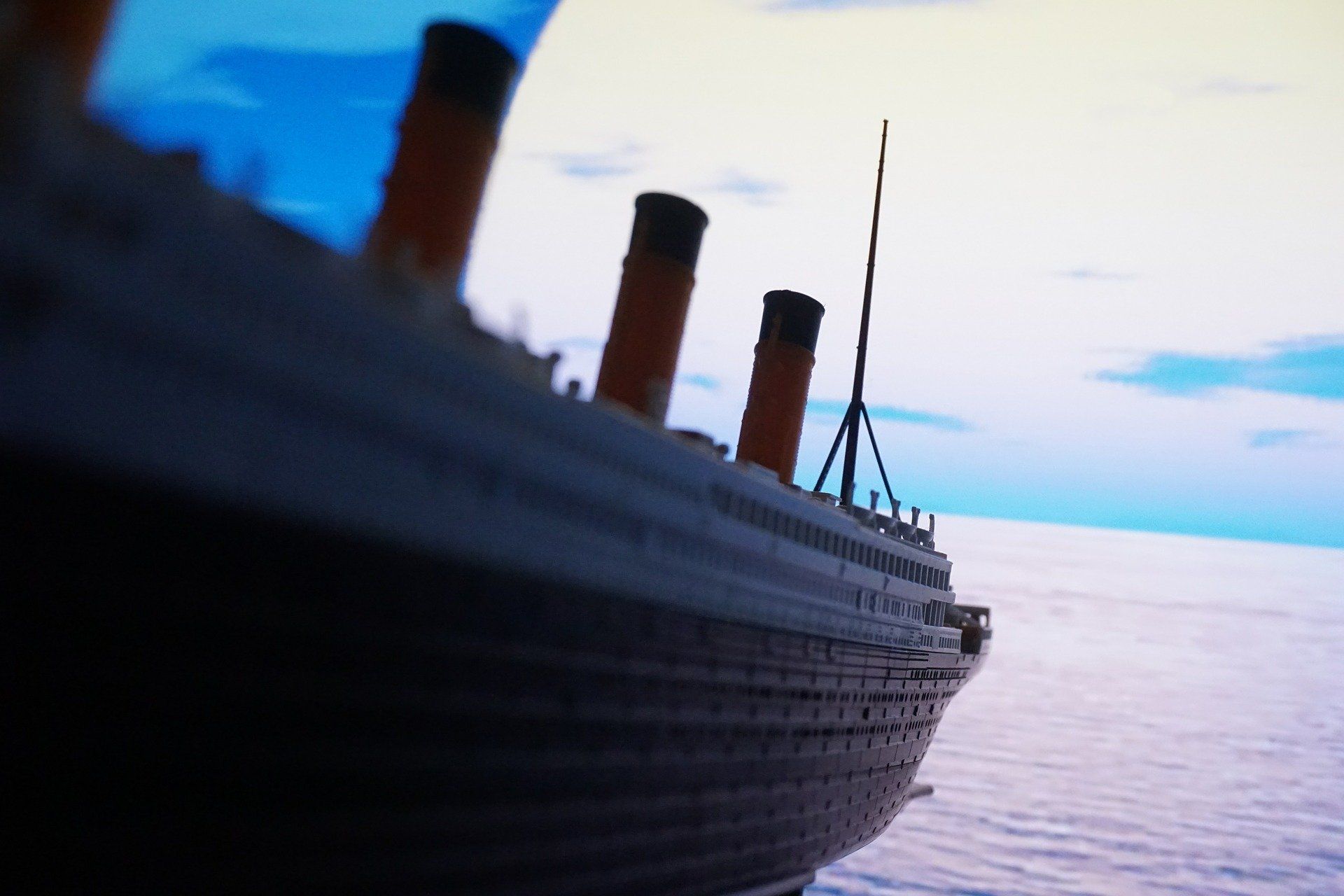An obsession with amusement rides in American culture is birthed in 1884 with the launch of the nation’s first roller coaster, the Switchback Railway. Debuted on Coney Island just months before President Grover Cleveland would win the 22nd presidency of the United States, its inventor, L.A Marcus Thompson, likely had no idea that the roller coaster would act as such a revolutionary flagstone for the future development of the amusement park industry.
The Switchback Railway was inspired by the nation’s second permanent railway known as the Mauch Chunk Switchback Railway. Built-in 1827 by Lehigh Coal & Navigation Co., the railway transported coal cars along a nine-mile descent through the hills of central eat Pennsylvania. The route featured rapid elevation changes (a 665 ft drop at its finale) and swoops that, operated by a single brakeman, would soon become a touchstone tourist attraction. The public quickly turned the coal-hauling railway into the functioning prototype for the roller coaster, some even considering it the world’s first roller coaster.
L.A. Marcus Edna Thompson was one such tourist on the Mauch Chunk Railway, finding the inspiration he would need to build his magnum opus as he traveled downwards up to 50 miles per hour through the wooded hills of east-central Pennsylvania.
L.A. Thompson’s Switchback Railway traveled up to six miles per hour and did not return course in an ovular complete-circuit like modern roller coasters. Instead, passengers would exit the roller coaster at the opposite end of a straight track. The fare to ride the Switchback Railway was just a nickel but would net $600 per day and pay itself off completely in just three weeks.
In the years to follow, Coney Island would be the home to three amusement parks–Dreamland, Luna Park, and Steeplechase–and by the 1920’s, summer crowds of up to one million flocked there every day to enjoy the thriving amusement scene. By just 1900, there would be hundreds of roller coasters around the country whose designers took inspiration from Thompson’s Switchback Railway and expounded on his work.
Thompson himself would go on to build more roller coasters across the United States as well. Such installments would come to feature entertaining additions like winding tunnels, artificial hill lights, replicas of temples, and an ovular complete-circuit remarked for its efficiency. The original closed-loop design was popularized by Charles Alcoke with his contribution, the Serpentine Railway.
The original Mauch Chunk Switchback Railway would close with the rise of the Great Depression in 1933. In 1937, the railway was sold for scrap. In its shadow remains the Switchback Railroad Trail, a hard-packed dirt trail that spans the entire length of the old railway and serves as a great location for bicycling and hiking. Shuttles to the Summit Hill trailhead are available in the town of Mauch Chunk — now known as the town of Jim Thorpe. Bikers descending from the summit can enjoy a 100% downhill trek while enjoying the historic scenery explored by enthusiasts over 150 years ago.




